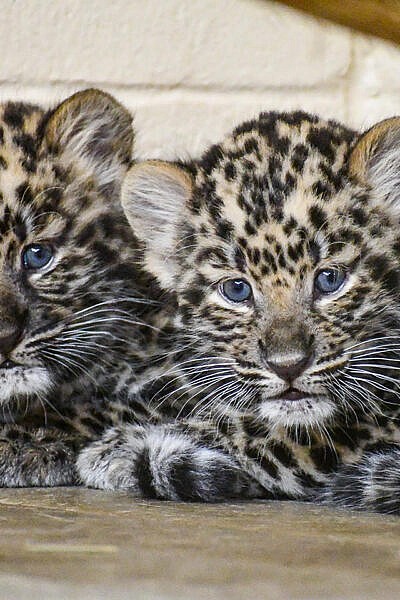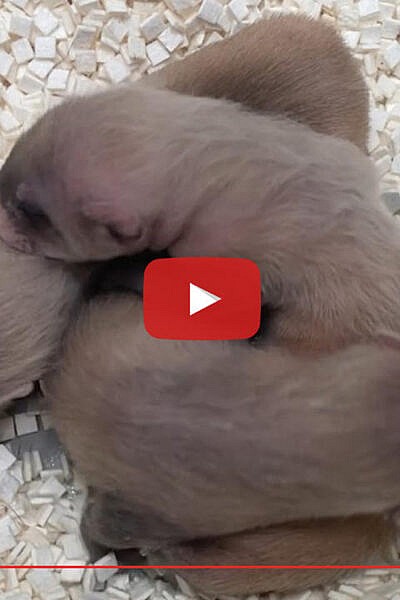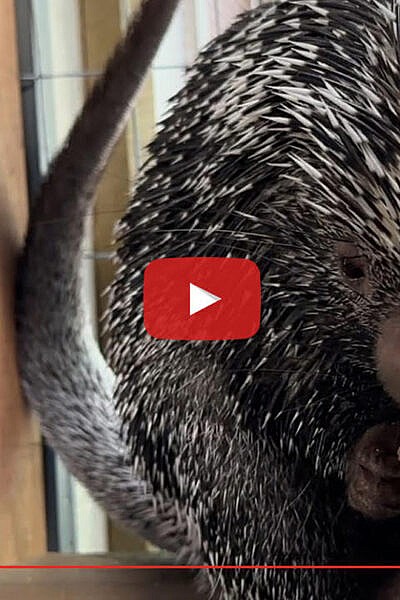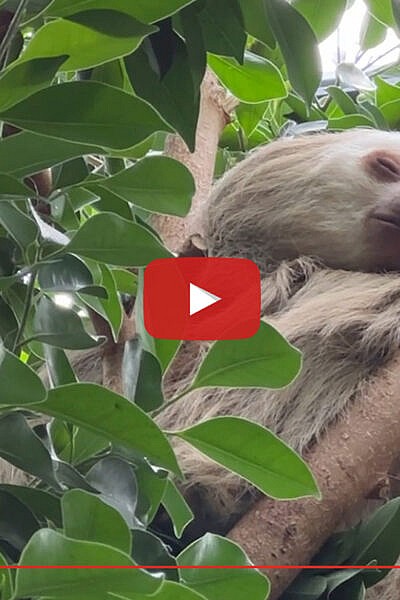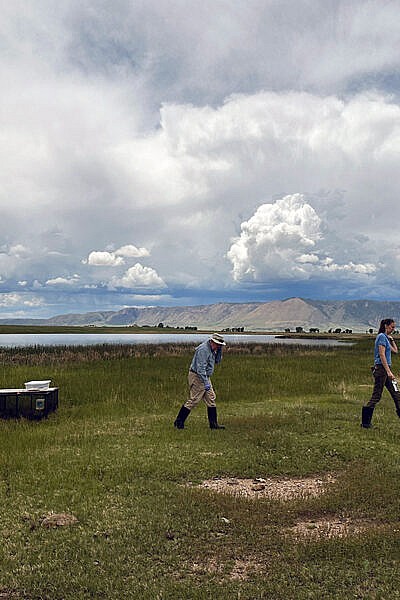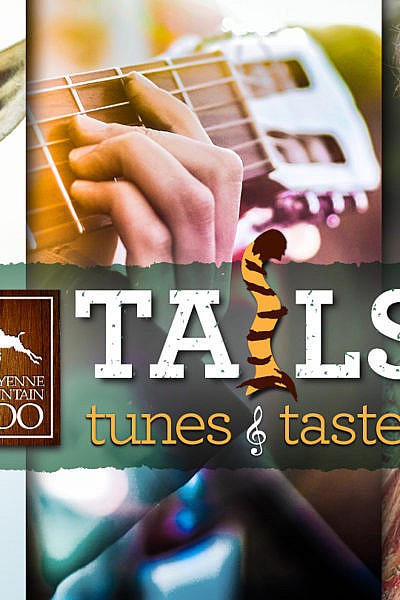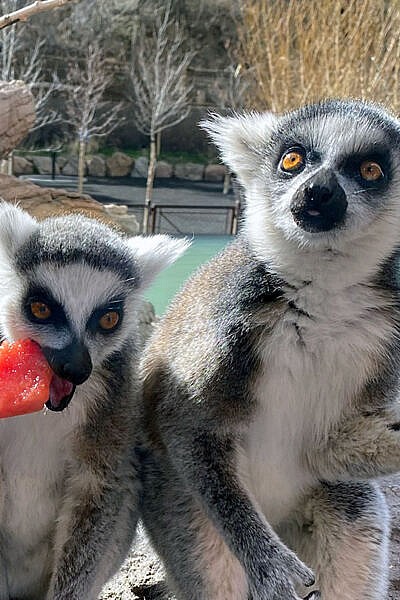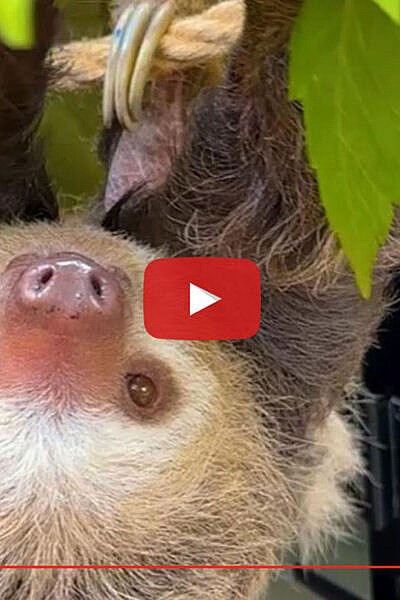HAVE A WILD NIGHT FOR A WORTHY CAUSE AT THIS FUNDRAISING EVENT – Cheyenne Mountain Zoo will host its final 21-and-up event of the summer, Tails, Tunes & Tastes, from 6 to 9:30 p.m. on Thurs., Aug. 31 – and tickets are going quickly. There’s nowhere else you can feed a giraffe, have a drink, enjoy live music and breathe in the fresh evening mountain air. This truly unique event is perfect for a girls’ night out, summer work celebration or date night.
This year, each ticket includes unlimited small plates, so attendees will enjoy delicious bites throughout the night, in addition to two included drinks, live music, visits with Zoo animals and access to cash bars.
Advance tickets are required for members and the general public, and they’re going quickly. Tickets are available now at cmzoo.org/tails. This event is for adults only, 21-and-up.
Attendees will have a wild night on the mountain for a worthy cause. 75¢ from every Tails, Tunes & Tastes ticket goes to CMZoo’s Quarters for Conservation program, which has raised more than $4.5 million for frontline conservation efforts around the world since 2008.
What can you do at Tails, Tunes & Tastes?
– Your ticket includes two drink tickets for use at any bar throughout the event. Cash bars are also available.
– Enjoy unlimited chef-created small plates from our custom Tails, Tunes & Tastes menu at our eateries.
– Enjoy local musicians performing throughout the Zoo.
– Visit your favorite animals.
– Watch the sunset from the mountainside.
– Feed the giraffe herd ($3 per lettuce bundle or $5 for two).
– Ride the Sky Ride (weather dependent; $4 for Zoo members, $5 for non-members).
August’s Tails, Tunes & Tastes musical lineup:
– A Carpenter’s Daughter
– George Whitesell
– John Saunders Band
– John Spengler Duo
– Playing with Smoke
– Red Moon Rounder
Other event details:
– Advance tickets are required. No ticket sales at the front gate.
– Ticket purchase includes 2 drink tickets for use at any bar. Must be used the evening of the event. No outside alcoholic beverages are allowed.
– Unlimited small plates are included with your ticket.
– Most animal areas are open all evening.
– Live musical entertainment throughout the Zoo.
– Mountaineer Sky Ride (weather dependent) will have its last ride at 8 p.m. Be in line by 7:30 p.m. ($4 for Zoo members, $5 for non-members). Tickets available at Sky Ride cashier booth.
– Dress for a night of dancing, but remember you will be walking up and down the hills of the Zoo!
– Designate a driver, or better yet, don’t drive at all! Take a taxi or use a ride-sharing service like Lyft or Uber.
Tails, Tunes & Tastes is presented with support from Cordera and Your Colorado Springs Toyota dealers. Thank you, event sponsors!
About Cheyenne Mountain Zoo
Cheyenne Mountain Zoological Society was founded in 1926. Today, Cheyenne Mountain Zoo, America’s mountain Zoo, offers comprehensive education programs, exciting conservation efforts and truly fantastic animal experiences. In 2023, Cheyenne Mountain Zoo was voted #4 Best Zoo in North America and CMZoo’s Rocky Mountain Wild was named #2 Best Zoo Exhibit in North America by USA TODAY 10Best Readers’ Choice Awards. It is Cheyenne Mountain Zoo’s goal to help guests fall in love with animals and nature, and take action to protect them. Since 2008, CMZoo’s Quarters for Conservation program has raised more than $4.5 million dedicated to frontline conservation efforts around the world. Of the 238 zoos and aquariums accredited by the Association of Zoos and Aquariums (AZA), Cheyenne Mountain Zoo is one of just a few operating without tax support. Cheyenne Mountain Zoo depends on admissions, membership dues, special event attendance and donations for funding.


